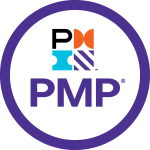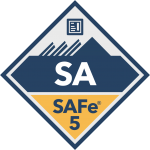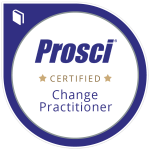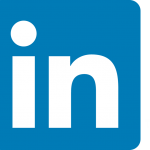Social Business- Don’t start in the tool shed

Prof. Hamel asks “Are we changing as fast as the world around us?” Keeping up with our changing environment, or ecosystem, is a constant risk for any organization providing a value proposition and is critical in today’s ultra social-business sensitive marketplace. We look at the role social business plays, including a few tools.
The Strategy Stack

This is 3rd of a 3 article Strategy-Pak(sm) series. Based on our work to align a rapidly growing consultancy of experienced consultants for consistency, and applied clean-sheet to a pre-acquisition, publicly traded company. This article focuses on the structure of the strategy stack from Mission to Vision to Value propositions to Themes to Initiatives and KPIs.
Agile Framework for Go-to-Market Execution

We begin by considering the tatical and strategic work to be accomplished within the enterprise. Next up is leadership activity, followed by the architecture of participation (guidance, interactions and routines) of how we manage and work. Agile requires people-enabled network, with different skills and organization; but structure is not organization.
Can Social Media Drive Enterprise Change?

We explore social media inside-the-organization’s impact on the enterprise through its ability to drive business outcomes. “Adoption requires business relevance” Our research considers its importance from multiple perspectives and sources.
Rapid Assessment Tool

“This multi-level assessment tool can very rapidly provide a picture for leadership from different perspectives, including any misalignment between positional and/or functional groups. Results can be viewed in the aggregate or from any combination of demographic splits.”
Risk Management

As risk is endemic to business, we can never eliminate risk, but we can identify and manage risk through 5 generic approaches to quantified risk: avoid, transfer, mitigate, manage and accept. For project management a convenient frame is to consider the “iron triangle” dimensions (e.g., scope, schedule, cost) as drivers of project risk.
Enterprise View: Collaboration & The Directed Community

During a dicusssion on “how to” best represent collaboration, one of my colleagues simplified the problem as “It’s not about the direction of the information flow, it’s about the number of contributors and the number of information consumers.” So, we began to analyze collaboration as writers (contributors) and readers (information consumers).
Creating better business outcomes through collaboration
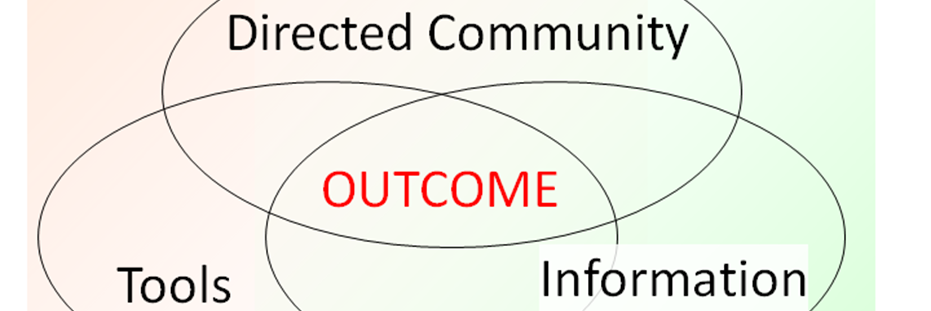
You can create better business solutions and outcomes less expensively by tapping into your company’s collective intelligence through a blended use of traditional and collaborative tools to more easily generate, amend and access information. We show a point-in-time view of collaborative tools, and we consider directed communities in lieu of top down (strategic initiative) project teams

